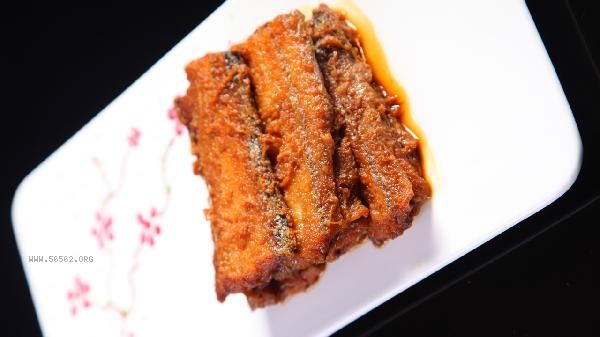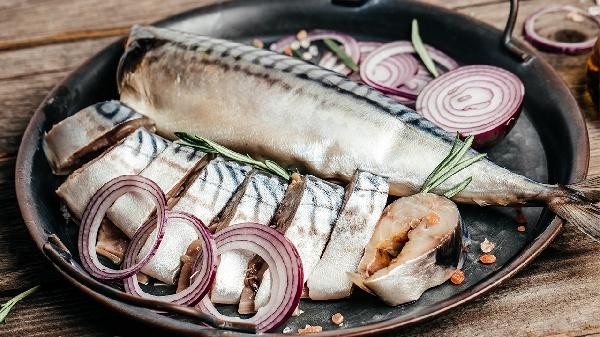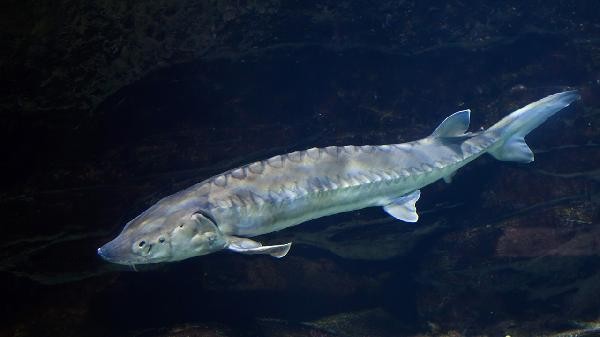The key to a non stick pan for frying hairtail lies in controlling the oil temperature, processing the fish body, and selecting appropriate cookware. There are mainly methods such as hot pot and cold oil, fish body drying, powder coating techniques, pot selection, and flipping timing.

1. Hot pot and cold oil
Before frying hairtail, the pot should be heated until slightly smoking, and after pouring in the cold oil, quickly add the fish pieces. High temperature quickly shapes the surface of fish meat, and a cold oil layer can effectively isolate the fish skin from the bottom of the pot. Iron or stainless steel pots are more suitable for this method, and attention should be paid to completely covering the bottom of the pot with oil.
2. Dry the fish body
After washing the hairtail, use kitchen paper to thoroughly absorb moisture, including the inside of the abdominal cavity. Wet fish skin can produce steam when exposed to heat, causing it to stick to the pot. You can marinate it with salt half an hour in advance to help dehydrate it. Keep the fish intact and undamaged during processing, and the fish scales can be retained to form a protective layer.
3. Powder coating technique
Thin coating flour or starch can form a crisp protective layer, and starch can combine with fish skin protein to produce Maillard reaction. It is recommended to choose corn starch or sweet potato starch, wrap it in flour and let it sit for a moment to allow the flour to regain moisture. When frying, shake off excess flour particles to avoid burning.

4. Pot selection
Cast iron pots have uniform heat storage and are not prone to local overheating. Non stick pots are suitable for beginners, but metal shovels should be avoided. Before use, it is necessary to check whether the bottom of the pot is flat, as the coating of old non stick pots is more prone to sticking after being damaged. The copper pot for frying fish has fast thermal conductivity, but requires mastery of cooking techniques.
5. Timing of flipping
Observe that the edge of the fish is golden before flipping it over. If the pan can slide when shaken, it indicates that it has been set. Maintain medium fire throughout the entire process, and adjust the firepower appropriately after the first flip. Use two shovels to assist in flipping and avoid damaging the integrity of the fish skin with excessive force.

After frying fish, it is recommended to clean the cookware with hot water as residual protein can form stubborn stains due to coking. Regularly boil the cookware with lard during daily maintenance, and wipe the bottom of the pot with ginger slices before cooking to prevent sticking. Eating with white radish or lemon juice can help with digestion, and controlling the weekly intake to less than 300 grams is more in line with dietary balance. When choosing fresh hairtail, pay attention to clear eyeballs and bright red gills. Frozen fish should be completely thawed before cooking.








Comments (0)
Leave a Comment
No comments yet
Be the first to share your thoughts!